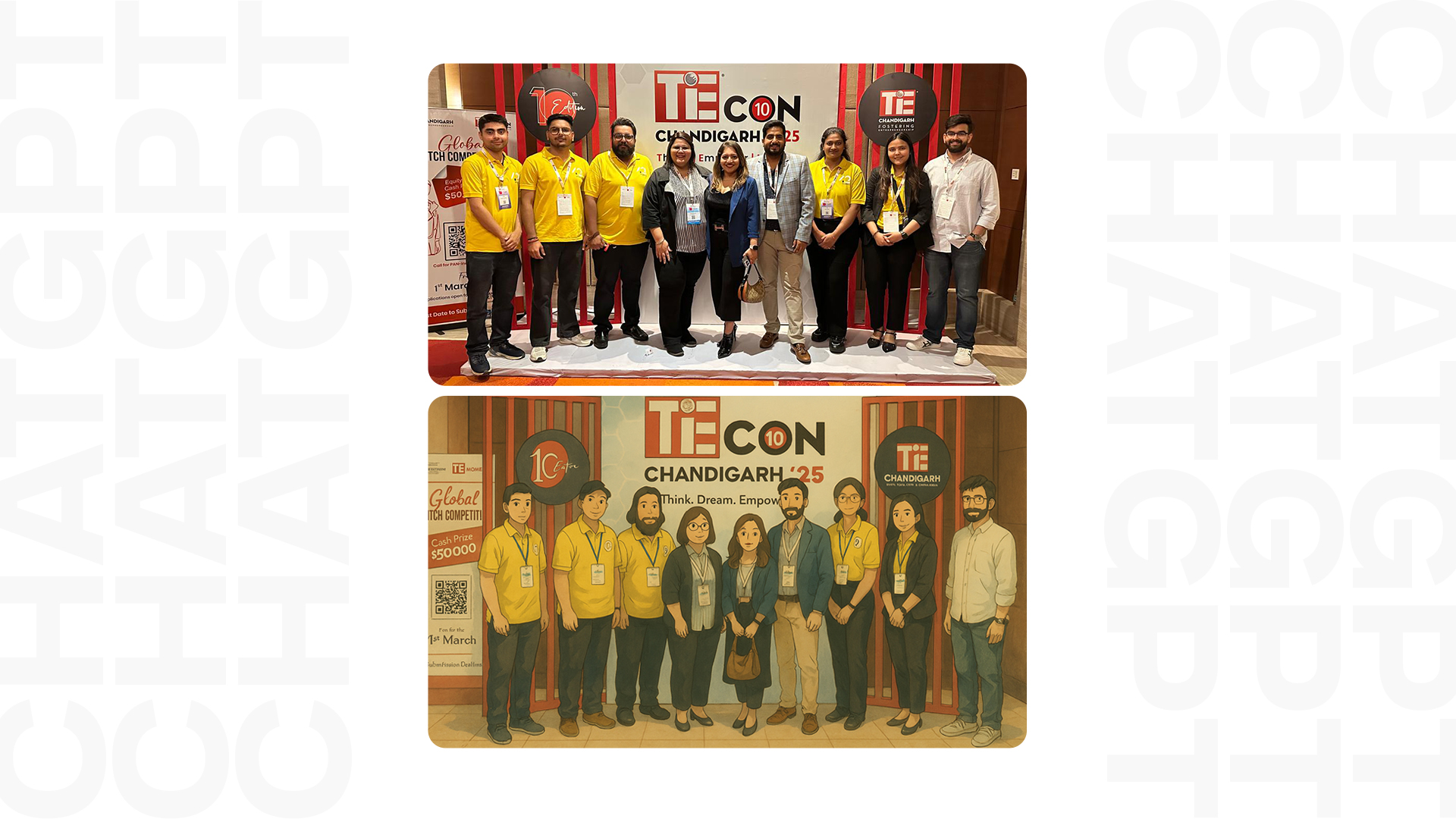
Over the past few weeks, my (and everyone’s) feed has been filled with Ghibli-style AI portraits – people turning their selfies into dreamy, storybook-like illustrations straight out of a whimsical fantasy world. It’s imaginative, fun, and honestly, kind of amazing what a few prompts and some good AI can pull off these days.
And I get the appeal.
For the first time, everyday people – those who may or may not have any drawing skills or access to professional artists – can create something visually striking, almost magical. To have that kind of accessibility is one of the best things about where AI is headed. It’s democratizing creativity in a way that wasn’t possible before.
What once required complex software or access to skilled designers and artists can now be explored in seconds, thanks to AI. And while that may not replace the depth of handcrafted work, it opens doors for those who were previously shut out, not because they lacked imagination but because they lacked access.
It’s exciting. It’s empowering. At the same time, I find myself reflecting on what this means for originality, especially from the perspective of real artists.
These AI tools are trained on years (even decades) of someone else’s painstaking work – their style, their storytelling, and their unique voice. When we start mass-generating art in a signature style, even unknowingly, where do we draw the line between appreciation and imitation?
That said, I don’t think this is all bad news for artists.
Ironically, I believe the mass production of “beautiful-looking” AI art might actually increase the value of genuine human-made art. When everything starts to look perfect and polished, the rawness of real creativity – its imperfections, its depth, its soul – starts to stand out more. The original becomes rare. And as we know, rarity often equals value.
What’s also fascinating is how this trend has brought Studio Ghibli into the mainstream conversation. A name that, until recently, was mostly known within niche creative or animation circles is now showing up across everyday social media posts. Thanks to AI, people are not only engaging with the style – they’re becoming curious about where it came from.
In its own way, AI might just be giving traditional art new relevance in unexpected ways – by amplifying it, remixing it, and sparking curiosity around its origins. And it might just be doing more to promote traditional art styles than any marketing campaign ever could.
For artists, this moment could go either way. It might feel like a threat to their craft, or it might open up new opportunities to define what makes their work truly human. We’ll have to wait and see how the industry evolves.
For the rest of us, maybe the lesson here is simple: enjoy the tools, experiment with them, but stay curious about where the creativity is really coming from. AI can be a canvas—but the story is still ours to tell.

